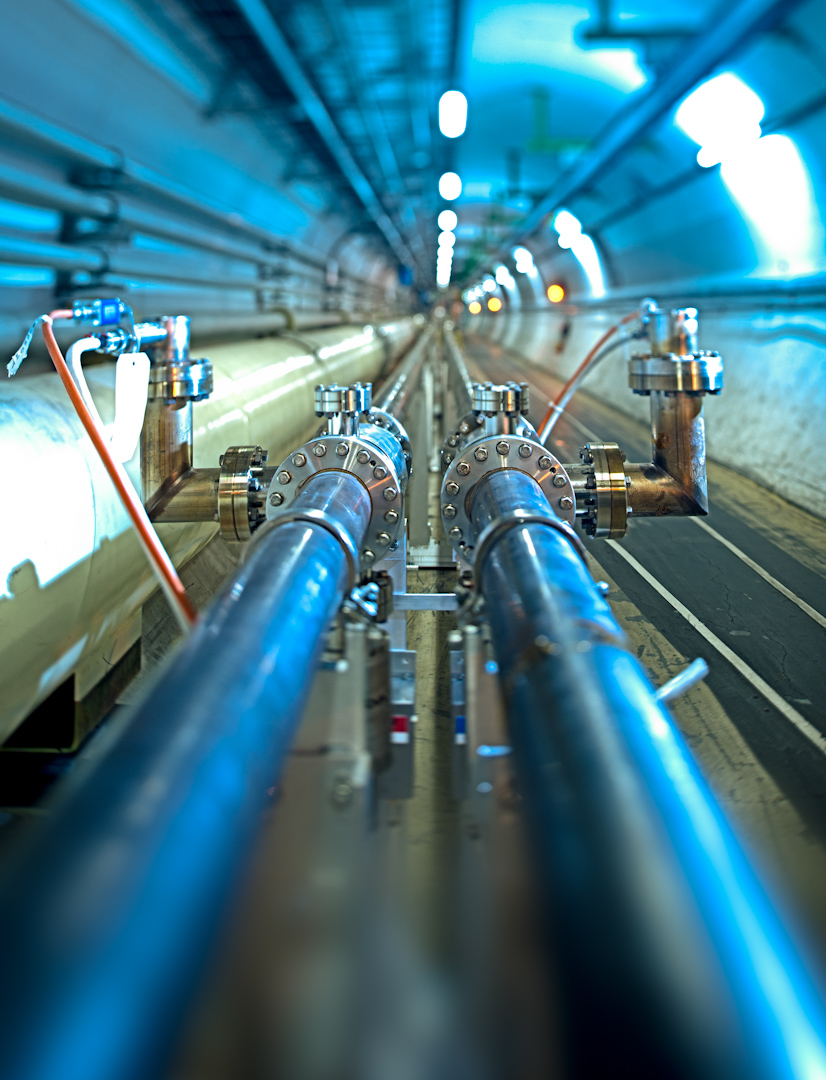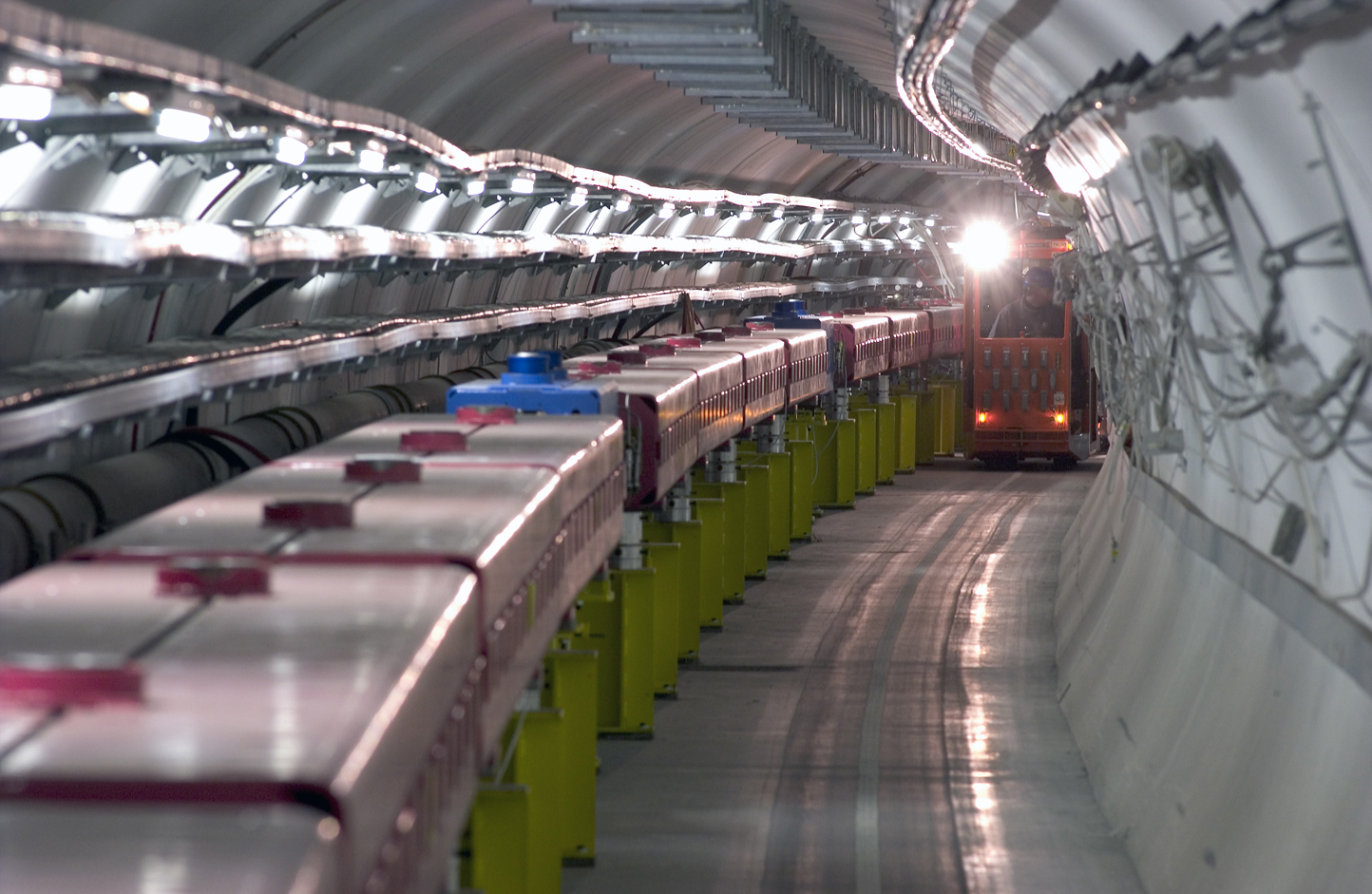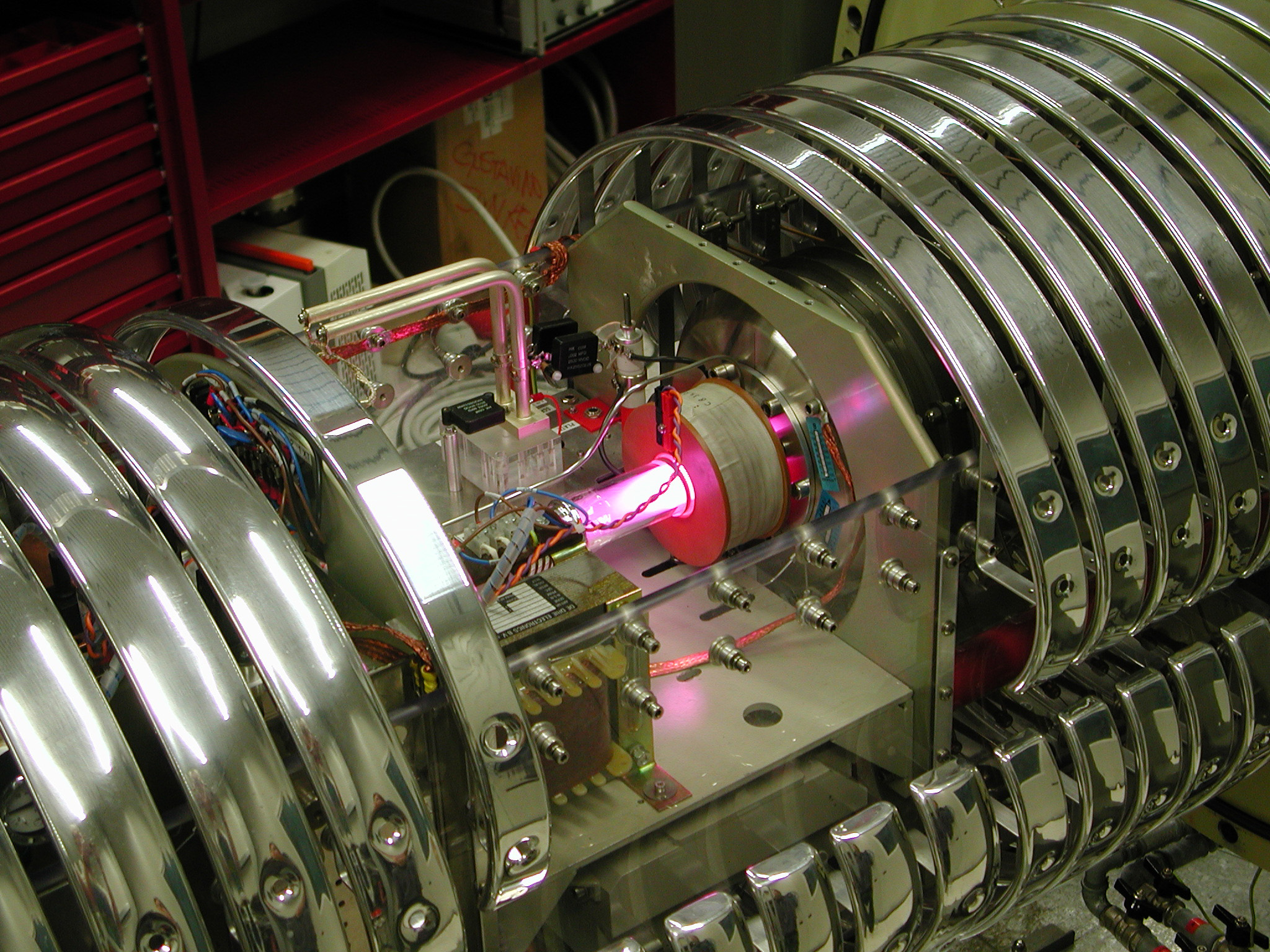An INFN network for superconductors, magnets and cryogenics
Prerequisites for the creation of superconductors, magnets and cryogenics network
There is a consolidated reality of INFN laboratories operating in various fields of applied superconductivity and cryogenics.
INFN can count on three laboratories with long experience in the field of superconductivity applied to cables and magnets. These are the laboratories of Genova, Milano and Naples / Salerno.
The Genova laboratory has been operating since the 1980s and has experience both in the design and construction of magnets (BaBar, CMS, FAIR SIS300, Mu2e TS, D2 for HL-LHC) and in the characterization of superconducting cables. It can count on a measurement facility (Ma.Ri.S.A.), designed in house, which has been operational for 35 years (from the HERA dipole cables in the 80s to the most recent conductors for Mu2e). The laboratory has a tradition in special measurements (e.g. losses in superconductors through the measurement of AC susceptibility).
The laboratory of Milan LASA (INFN and University of Milan), started in the 80s with the design, construction and commissioning of the superconducting cyclotron magnet (now at the LNS of Catania), has accumulated design experience of superconducting magnets such as: thin solenoid ZEUS, first prototype dipoles for LHC, ATLAS-B0 and ATLAS-BT, FAIR SIS300, super-ferric magnets for HL-LHC). Laboratory has experience of measurements on strands and cables, including of magnet tests (prototype for SIS300, superferries for HL-LHC). The SOLEMI-1 facility (8 T with 550 mm hot bore, designed in house) is also suitable for the calibration of detectors in a magnetic field. The laboratory is equipped for mechanical measurements from 4 to 300 K and low temperature thermal conductivity.
The Salerno laboratory is more recent, but it can count on staff with consolidated experience and in recent years it has been known for magnetic measurements on superconductors. Currently the laboratory (called THOR) is structured to test superconducting magnets with supercritical helium for accelerators and is carrying out cold tests of correcting superconducting magnets in quadrupole modules for FAIR's SIS100 accelerator at GSI (Darmstadt).
In addition to these laboratories, there are two types of expertise in the specific superconductivity / cryogenics sector within the INFN:
1) Laboratories that have developed / used superconducting magnets or cryogenic devices for large scale applications. In these laboratories there are skills / knowledge of superconducting magnets and / or cryogenics (Laboratories of Frascati, Laboratories of Legnaro and Laboratories of the South)
2) Laboratories with extensive experience in cooling at low and very low temperatures (from liquid Ar up to mK) for particle detectors (Milano-Bicocca, Gran Sasso Laboratories and the Legnaro Laboratories themselves). In addition, the ongoing collaboration around the “Einstein” cryogenic gravitational telescope project will develop the design and construction of large-scale cryogenic (20 K) apparatuses. Finally, quantum computing developments require a cryogenic infrastructure. In a broader view, all these laboratories / sections / projects should be part of the superconductivity and cryogenics network.
The laboratories dedicated to superconducting magnets are complementary and already work partially in an integrated way
In relation to the measurement and characterization activities only, the laboratories are complementary. Over the years, the activities carried out have been:
1) Critical currents in large cables;
2) Magnetic measurements AC;
3) Measurements of critical current on wires at variable temperatures;
4) Measurements of heat exchange.
Milan LASA,
1) Critical currents and junctions on wires and cables;
2) Thermal conductivity at low temperatures;
3) Mechanical measurements at low temperatures;
4) Test of superconducting magnets in vertical cryostat.
Magnetic measurements (Susceptibility and magnetization).
Test of superconducting magnets cooled with supercritical helium in a horizontal cryostat.
The three laboratories already use the different skills and the different measurement possibilities to work in an integrated way on projects. One example was the NTA-DISCORAP project for the development of fast-charging SC dipoles for FAIR SIS300. The design activities were divided between the laboratories (Milan - magnetic and thermal design; Genoa - mechanical design; Salerno - cryogenic design). The characterizations of the cables have been divided according to specific skills. The magnet test was done at LASA.
Another example of coordinated activity is the MAGIX project (call CSN5) aimed at developing magnets for Hi Luminosity LHC. More recently, the laboratories of Genoa and Milan are jointly developing a high-field superconducting dipole model (FalconD project) for the future hadronic collider, as well as SC magnets for hadron-therapy.
The structure and the status of the network are modeled Superconductivity those of INFN-Accelerators networks, both in the governance that in the operative part, which is initially formed by nodes, each with its own coordinator, which include the following structures:
INFN Genoa
LASA-Milan
INFN Naples-Salerno
INFN-LNL
INFN-LNF
INFN-LNS
INFN-MIB / INFN-LNGS.
By way of example, the following infrastructures external to INFN could be aggregated to the network: SPIN-Ge, ENEA UniBo, UniTS, Polito, and others to come. Governance is structured as follows:





